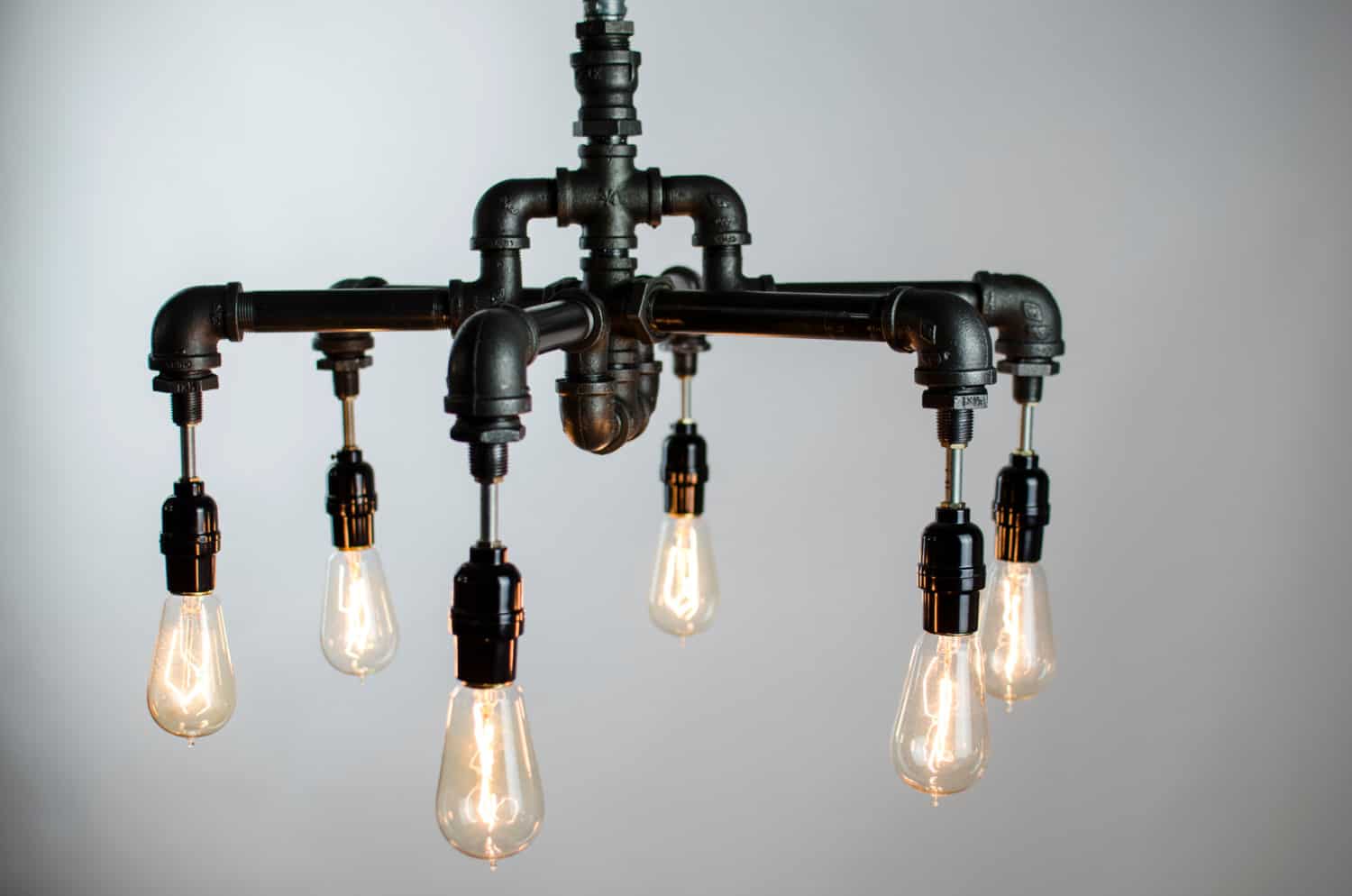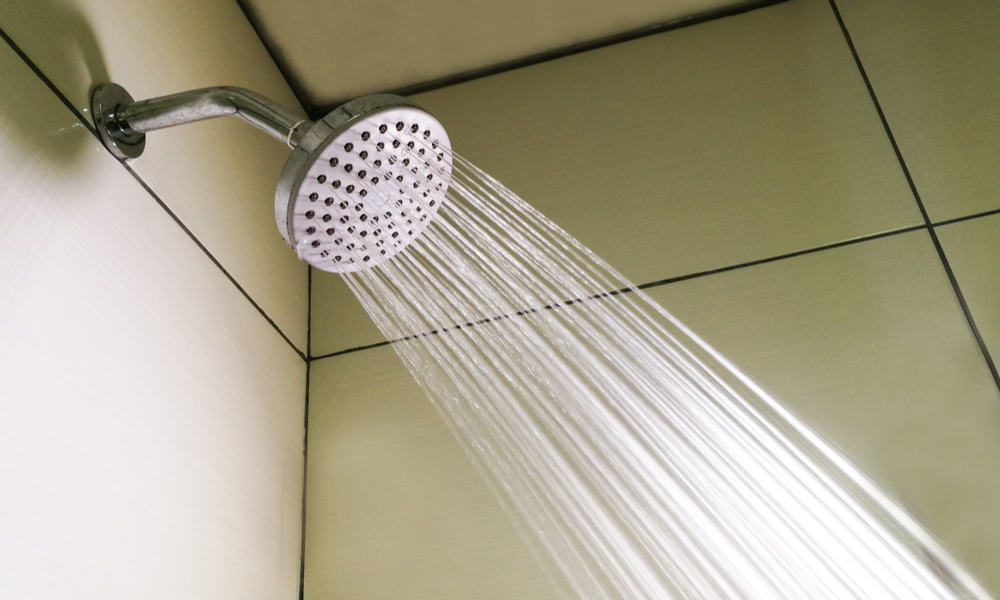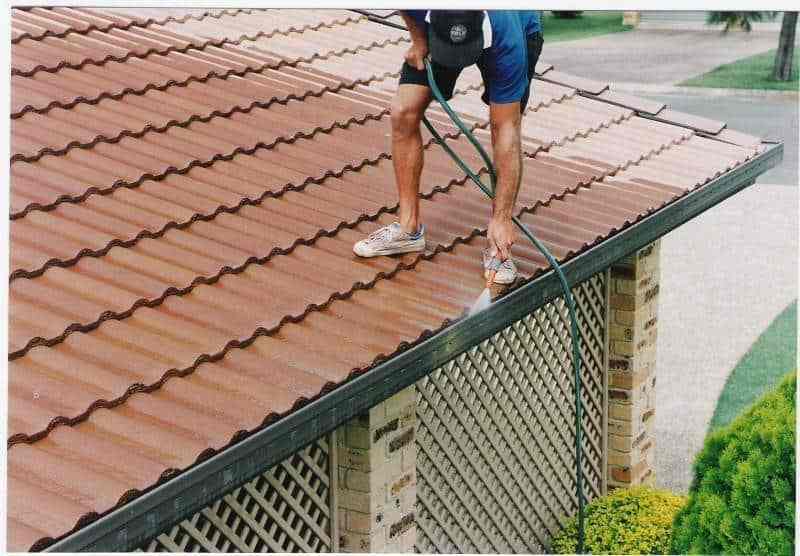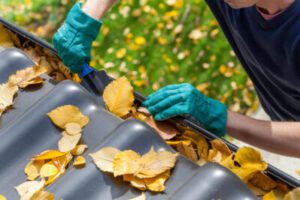Use these plumbing tips this winter to keep you and your family warm without running up the bills! Plumbing issues and cold weather don’t go hand in hand – a primary reason for this is that water expands when it freezes, which can be catastrophic for you if it results in a burst pipe. Therefore, it’s important to prepare for the winter season as best as you can to avoid any turbulent months or costly repair bills, and there are plenty of ways to ensure your house stays safe throughout the whole year.
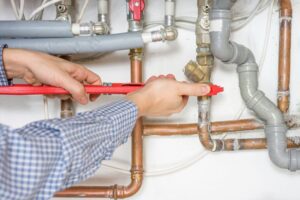
Plumbing Tip 1: Insulation, insulation, insulation
We can’t understate the importance of insulating your pipes, as this will help your plumbing keep a working temperature even in dire circumstances. Even simple foam padding is enough in this regard, and its effectiveness will only go up if you follow the next nine tips alongside it. If you already have insulation, then check it regularly – does it still neatly cover the pipes? If not, you should reseal them with duct tape as soon as possible.
Plumbing Tip 2: Install heat tracing cables
Heat tracing cables can be used to remotely heat the pipes and prevent them from freezing no matter the temperature. These cables are placed beside your plumbing, and use a built-in thermostat to detect any heat changes; they use electric heating elements to warm the pipes when it senses they are too cold.
Plumbing Tip 3: Switch off your water supply if you’re going anywhere
Unfortunately, there are many horror stories of families who go away for the winter, only to return to frozen, cracked or even burst pipes. This is obviously a major issue even at the best of times, but a good way to minimise the potential damage (outside of following the other tips on this page) is to turn off your water in preparation. That way, even if your pipe does crack, the damage will be substantially lower.
Plumbing Tip 4: Disconnect the hoses
Similar to the above, your hoses can carry a risk if they are filled with water and connected to your home’s water supply. If the water in the hose freezes, it can back up through the pipes, causing cracks and further chaos.
Plumbing Tip 5: Clean your gutters
If your gutters are clogged and full of leaves, debris and other riffraff, then you will need to clear it out before winter begins. This blockage can prevent water from being effectively drained by your plumbing, which could lead to anything from minor leaks to flooding.
Plumbing Tip 6: Install a Smart Thermostat
If you have a Wi-Fi-compatible smart thermostat, then this allows you to be ready for any drop in temperature, whether it is sudden or expected. Your thermostat will communicate with other systems as well as you directly so that you know when to dial up the heat. They are also highly energy-efficient, letting you save money that can be better spent on other ways to keep your plumbing winter-safe.
Plumbing Tip 7: Perform a power flush
A power flush is a method of cleaning sludge or rust deposits from your heating system; if you do your regular maintenance as recommended, power flushing is only necessary every 5-6 years. If you have not done it before, however, then it can’t hurt to get a head start. If parts of your radiator are always cold, then you might have a build-up that can be resolved by a qualified engineer.
Plumbing Tip 8: Keep an eye on the weather forecasts
This tip might feel particularly obvious, but you can never underestimate the power of the weather to sneak up on you. It’s always good to be prepared, or else you might find yourself rushing to heat, insulate, or save your pipes during an unexpected cold snap.
Plumbing Tip 9: Seal any gaps or holes that you can
A draft of cold air can enter the house in many ways, and there could be plenty of holes in your property that would allow it to do so. Use expandable foam as a sealant, and be sure to specifically target the area around the pipes – this could go a long way towards preventing a leak from forming.
Plumbing Tip 10: Contact a professional if you have a plumbing emergency
If the worst happens and a pipe bursts or your plumbing stops working in some other way, then there can only be one solution – get in touch with a seasoned plumber as soon as possible. They will be able to quickly and effectively diagnose the issue and get to work fixing it so that you can enjoy the rest of winter without significant worry.
Your pipework is more delicate than you might think; just because it has served you this far, does not mean it’s infallible, or does not require servicing. At All Day Plumbing, we understand that emergencies never happen according to a schedule – if you are in the Sydney area and need help with your plumbing throughout winter, then get in touch with us as soon as you can and book an appointment.


